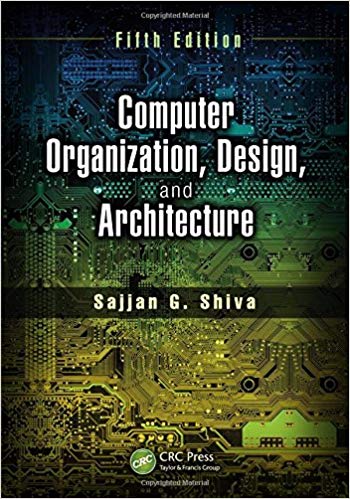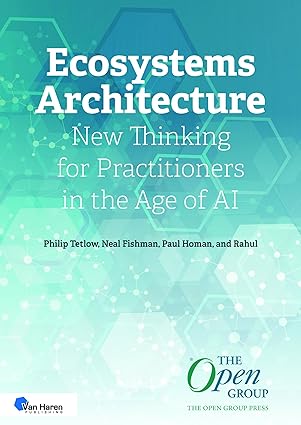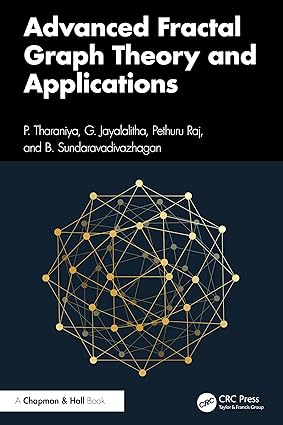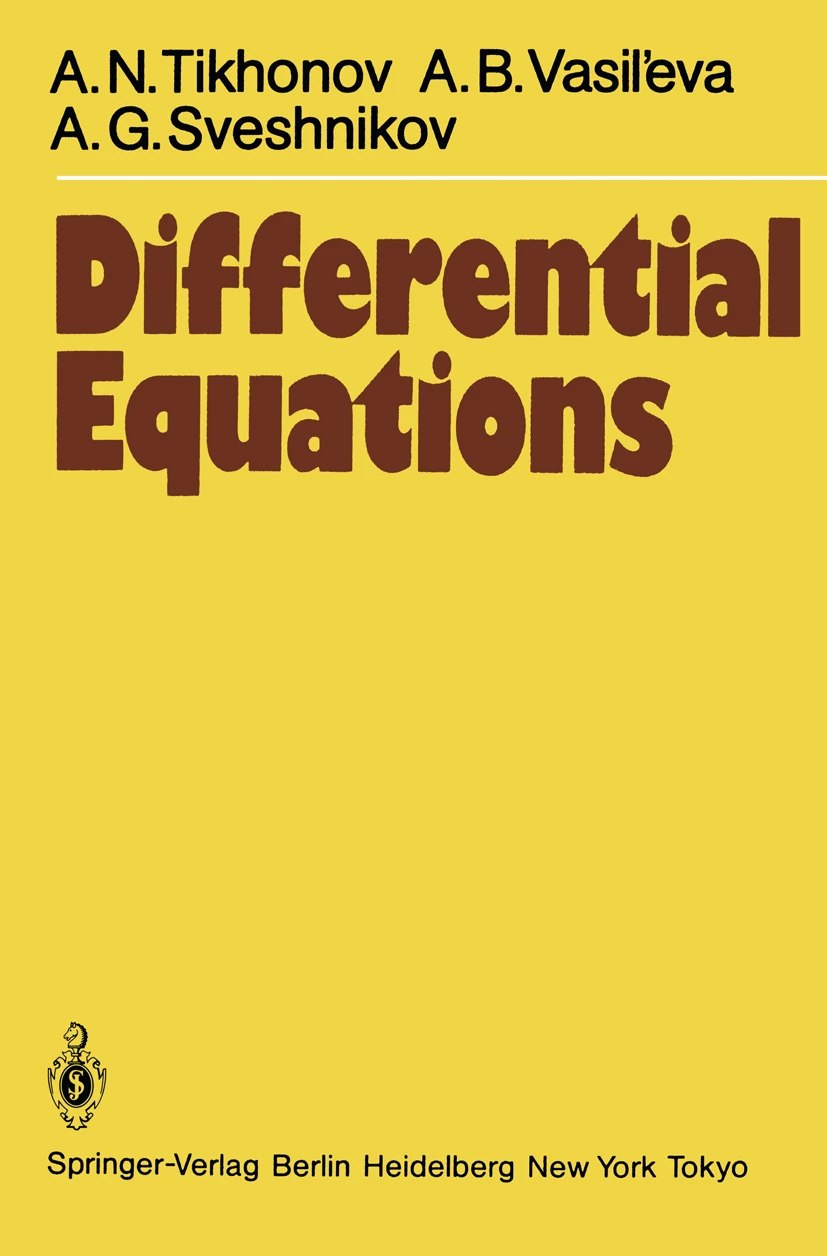Suitable for a one- or two-semester undergraduate or beginning graduate course in computer science and computer engineering, Computer Organization, Design, and Architecture, Fifth Edition presents the operating principles, capabilities, and limitations of digital computers to enable the development of complex yet efficient systems. With 11 new sections and four revised sections, this edition takes students through a solid, up-to-date exploration of single- and multiple-processor systems, embedded architectures, and performance evaluation.
See What’s New in the Fifth Edition
- Expanded coverage of embedded systems, mobile processors, and cloud computing
- Material for the "Architecture and Organization" part of the 2013 IEEE/ACM Draft Curricula for Computer Science and Engineering
- Updated commercial machine architecture examples
The backbone of the book is a description of the complete design of a simple but complete hypothetical computer. The author then details the architectural features of contemporary computer systems (selected from Intel, MIPS, ARM, Motorola, Cray and various microcontrollers, etc.) as enhancements to the structure of the simple computer. He also introduces performance enhancements and advanced architectures including networks, distributed systems, GRIDs, and cloud computing.
Computer organization deals with providing just enough details on the operation of the computer system for sophisticated users and programmers. Often, books on digital systems’ architecture fall into four categories: logic design, computer organization, hardware design, and system architecture. This book captures the important attributes of these four categories to present a comprehensive text that includes pertinent hardware, software, and system aspects.
چکیده فارسی
مناسب برای یک یا دو ترم مقطع کارشناسی یا دوره تحصیلات تکمیلی ابتدایی در رشته علوم کامپیوتر و مهندسی کامپیوتر، سازمان، طراحی و معماری کامپیوتر، ویرایش پنجم اصول عملیاتی، قابلیت ها و محدودیت ها را ارائه می دهد. کامپیوترهای دیجیتالی برای ایجاد سیستم های پیچیده و در عین حال کارآمد. این نسخه با 11 بخش جدید و چهار بخش اصلاح شده، دانشآموزان را در یک کاوش جامع و بهروز از سیستمهای تک و چند پردازندهای، معماریهای تعبیهشده و ارزیابی عملکرد میبرد.
چههای جدید را در نسخه پنجم ببینید
- پوشش گسترده سیستمهای جاسازی شده، پردازندههای تلفن همراه، و رایانش ابری
- مواد برای بخش "معماری و سازمان" از پیش نویس برنامه های درسی IEEE/ACM 2013 برای علوم و مهندسی کامپیوتر
- نمونه های معماری ماشین های تجاری به روز شده
ستون فقرات کتاب شرحی از طراحی کامل یک کامپیوتر فرضی ساده اما کامل است. نویسنده سپس ویژگیهای معماری سیستمهای رایانهای معاصر (انتخاب شده از اینتل، MIPS، ARM، Motorola، Cray و میکروکنترلرهای مختلف، و غیره) را بهعنوان پیشرفتهایی در ساختار رایانه ساده توضیح میدهد. او همچنین بهبود عملکرد و معماریهای پیشرفته از جمله شبکهها، سیستمهای توزیعشده، GRID و محاسبات ابری را معرفی میکند.
سازمان رایانه با ارائه جزئیات کافی در مورد عملکرد سیستم رایانه ای برای کاربران و برنامه نویسان ماهر سروکار دارد. اغلب کتابهای معماری سیستمهای دیجیتال به چهار دسته تقسیم میشوند: طراحی منطقی، سازماندهی کامپیوتر، طراحی سختافزار و معماری سیستم. این کتاب ویژگیهای مهم این چهار دسته را برای ارائه متنی جامع که شامل سختافزار، نرمافزار و جنبههای سیستم مربوطه است، ارائه میکند.
ادامه ...
بستن ...
Ebook details:
عنوان: Computer Organization, Design, and Architecture, Fifth Edition
نویسنده: Sajjan G. Shiva
ناشر: English
زبان: 9781466585546
شابک: 978-1466585546, 1466585544
حجم: 8 Mb
فرمت: True Pdf
ادامه ...
بستن ...










